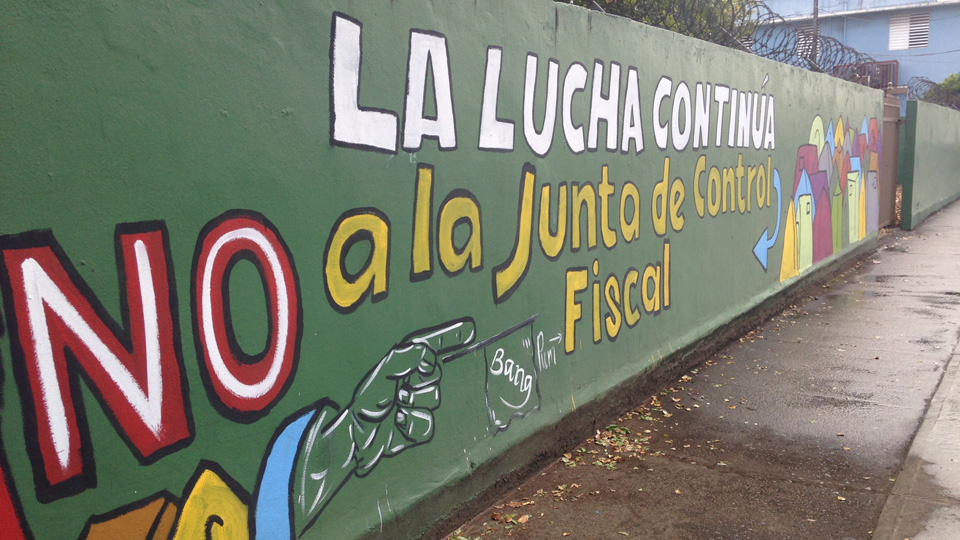
Responding to the Puerto Rican government’s unpayable debt load of $72 billion owed to U.S. banks and hedge funds, the U.S. Congress approved the PROMESA Act (the Puerto Rico Oversight, Management, and Economic Stability Act) in June 2016. It was passed with bipartisan support after a pair of U.S. Supreme Court rulings found that, as a U.S. territory, Puerto Rico lacks any sovereignty to restructure its own debts outside the purview of the U.S. Congress.
The law provides for a “financial control board” which, to enforce payments, has become “the de facto government, banker, judge, jury, and executioner of Puerto Rico,” according to critic Nelson Denis. With Puerto Rico at a legal dead-end in its own efforts to manage the debt, PROMESA was a fait accompli.
On March 8, 2017 the board called upon Puerto Rico’s government to take emergency steps to avoid running out of money. The next day, it rejected Governor Ricardo Rossello’s plan offering annual interest payments of $1.2 billion, a far cry from the almost $6 billion actually required. But on March 11, the board accepted a revised plan; interest payments would be $800 million a year. Government pensions would be reduced and employees furloughed.
Implementation of the PROMESA law, the circumstances leading up to it, and the fallout for the Puerto Rican people, together, serve to illustrate how U.S. colonialism exerts control, extracts wealth from a dependent people, and disregards their wellbeing. It makes sense, therefore, for agitation for Puerto Rican independence to be anti-capitalist in nature and for victims to organize as a class to confront the wealthy few – in both places.
The U.S Army invaded and occupied Puerto Rico in 1898. An “Organic Charter” two years later put the U.S. Congress in charge of the island. By 1901, U.S. owners controlled 70,060 acres in tobacco (up from 5,529) and 141,248 acres in sugar cane (up from 21,505); 85 percent of the island’s manufacturing had fallen into U.S. hands.
With its “Law 600” of 1950, Congress named Puerto Rico as a “Free Associated State” and authorized a constitution. The legislation specified that U.S. laws and regulations would always take precedence over provisions of that constitution. Ironically, the U.S. government in 1953 successful used “Law 600” as a tool to persuade the United Nations General Assembly to remove Puerto Rico from its list of colonized territories.
U.S. power over the island manifested itself after 1976 in the implementation of Section 936 of the U.S. Internal Revenue Code and later in the PROMESA ACT. Each promoted the accumulation of wealth for U.S. companies and banks.
Regulations under Section 936 exempted U.S. companies operating in Puerto Rico from paying taxes on income or capital gains. U.S. investors would pay no taxes on dividends paid out by those companies. Nor were taxes due on U.S. investments deposited in Puerto Rican banks.
Income and profits for the Puerto Rican subsidiaries of U.S. companies soared, adding up to $14.3 billion in net income in 1995 alone. A tax attorney at the time opined that Section 936 was “nothing but a welfare program for the Fortune 500.” The island’s economy grew. Meanwhile, successive governments were relying on “multi-million” dollar loans to make up for sharply reduced tax collections. Federal monies flowed to the island and public sector hiring increased. An epidemic of dependency engulfed government leaders and citizens.
Then, beginning in the 1990s and ending in 2006, authorities in Washington phased out Section 936. U.S. companies closed operations in Puerto Rico or cut back production. Industrial jobs fell by one third. Between 2006 and 2014, Puerto Rico’s GDP contracted by 13 percent, thus “provoking a new wave of migration.” By this time, “Puerto Rico [was] essentially running on bonds held by U.S.-based banks and corporations” – and hedge funds. The PROMESA law came to their rescue.
Apparently, those in charge worry very little about what happens to people though. The financial control board has already pressured the island’s government to take $300 million out of the University of Puerto Rico’s budget and to close 300 public schools. New healthcare spending cuts are on the way on top of reductions from 12.3 percent of GDP in 2010 to 10.5 percent in 2014. A 50 percent minimum wage cut for younger workers is now contemplated.
The retirement age, gasoline and sales taxes, and electricity rates have been inching up over the past five years while pensions and benefits have diminished. Puerto Rico’s overall poverty rate is 45 percent; 57 percent of children live in poverty. The official unemployment rate is 12.6 percent of the workforce, but only 40 percent of adults even belong to the workforce.
Puerto Ricans are long used to troubles. Emigration to the United States was a hedge against misery; in 2008 400,000 more Puerto Ricans were living there than in Puerto Rico. Clinical psychologist Jorge A. Montijo mentions unease in ruling circles about “surplus population.” By 1965, 35 percent of Puerto Rican women of childbearing age had been surgically sterilized.
In late February, students at various branches of the University of Puerto Rico marched and demonstrated against attacks on schools and University programs. Teachers joined them as they protested against a shift to poorly-paid professors on short-term contracts. Reacting to this “war on public education,” the Puerto Rican Communist Party’s Abayarderojo newspaper condemned school closings and the reorganization of educational districts into independent entities.
The Independence Party has gained little voter support in recent elections and in referenda on relations with the United States. Most Puerto Ricans have been supporting either the party inclined toward statehood or the one content with autonomy. High profile agitation for independence and against exploitation and abuse of the working class is missing.
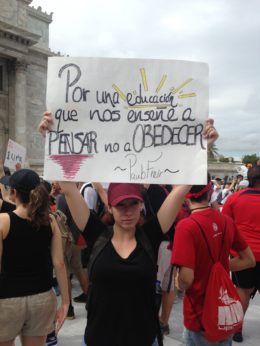
It was different once. From the 1930s into the early 1950s, the Puerto Rican Nationalist Party propelled the independence movement. Pedro Albizu Campos, the party’s president, spoke of the “North American flag, whose dark shadow reigns over this colonial government that has converted us into slaves of North American corporations and businesses.” He taught that workers are “the true power and true source of wealth belonging to the homeland.” The Nationalists’ economic program called for “organization of workers so they can demand from foreign interests or invaders participation in gains to which they have a right.”
By 1934, when striking sugar cane workers prevailed upon him to lead their strike, Albizu Campos was in deep trouble. He would later serve two long terms in prison, where he was tortured. The Nationalist Party suffered terrible repression including massacres and imprisonment of its leaders; it eventually faded away.
Relating the Nationalists’ story, Alejandro Torres Rivera, a lawyer and leader of the National Hostos Independence Movement, provided in outline the essential makeup of a political force that someday might achieve Puerto Rican independence:
“[T]o have the national demand for independence taken up by a social class like the working class made for a more persuasive questioning of the colonialist and imperialist project of the United States in Puerto Rico. Imperialism was also aware of the danger to its interests from the political demand for liberty, sovereignty, and independence being merged in a common program with the social and economic claims of the working classes of Puerto Rico.”



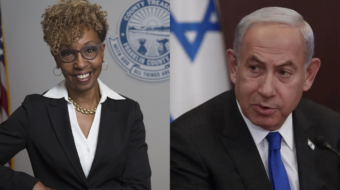
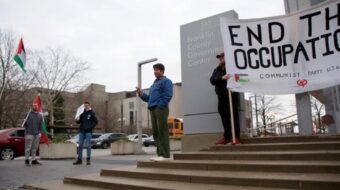
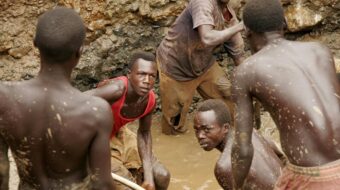






Comments